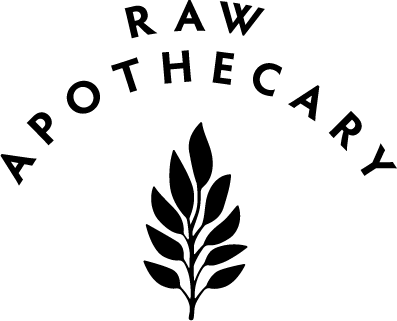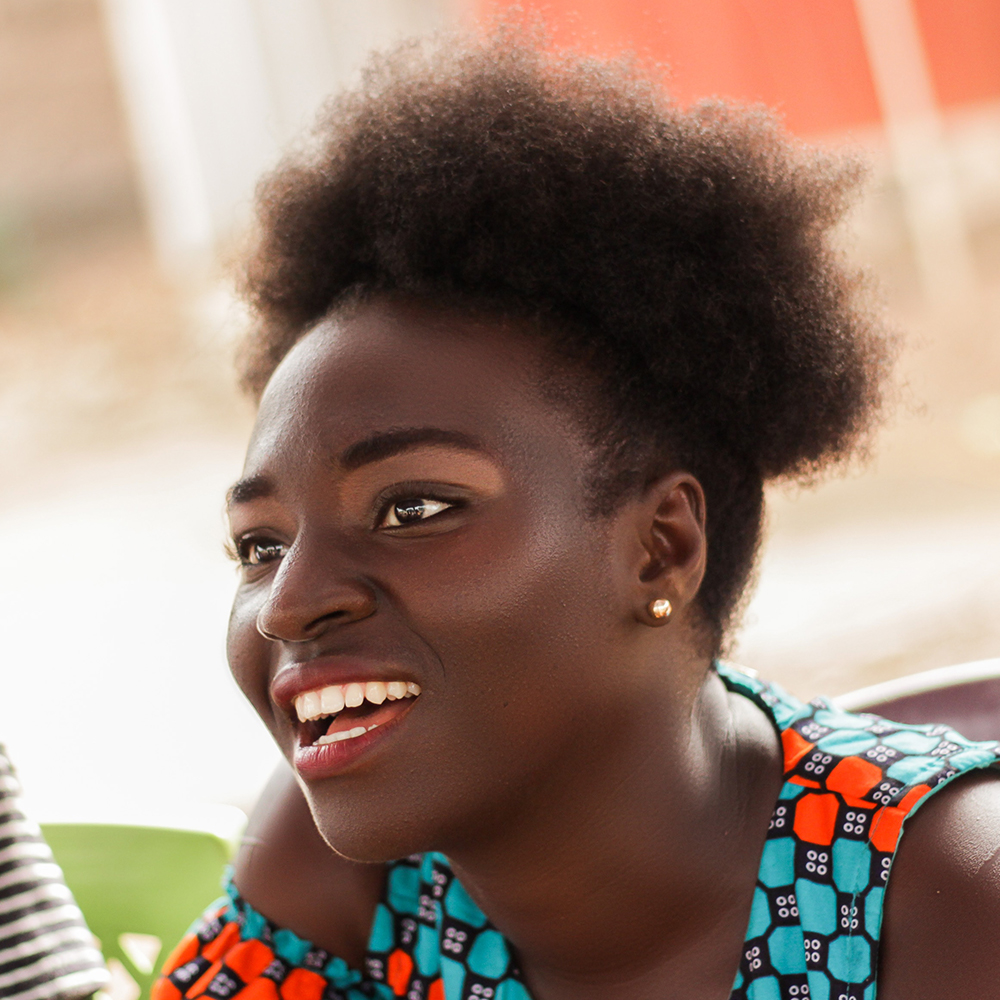Curl Countdown
We all know the two main curly hair types: wavy and curly - right? Wrong. If you’ve tossed a bottle of shampoo or product because it just didn’t work out, despite the label saying it was made for your hair type, that could be because it isn’t actually made for your hair type.
Advertising isn’t lying to you, these products likely are ideal for a large group of similar-haired people, but it may be telling a small fib: there are more hair types than just those. While curly is often a condensed term that encompasses any level of curl beyond beach waves, “curly” actually encompasses two separate categories. There’s curly hair, and then there’s kinky hair. On top of that, within each of the curl-having hair types are sub-types that, while kinda similar in texture, can appear vastly different and require unique haircare steps to treat properly.
Fret no more over what you buy at the store, and tune into this informative broadcast by yours truly about the power of identifying your true curly hair type.
Wavy Hair
Broadly-speaking, wavy hair is the in-between of straight and curly. While people with wavy hair can naturally have some curl to their locks, it isn’t quite a full curl you’re seeing. Instead, the hair may fall in loose ringlets or curl only at the ends, where the weight of the length of the hair doesn’t stretch out the strand too far. Wavy hair is more susceptible to frizz - even perfectly healthy hair.
Hair Type 2A
Hair Type 2B
Hair Type 2C
As you can see, there’s a big difference between 2A and 2C hair. In fact, 2B and 2C waves are more difficult to style, because the wave is more extreme and thus more difficult to manipulate.
How to care:
Wavy hair benefits the most from humidity resistance. When humidity leaks into wavy hair, it generates frizz. However, for type 2A, you must be extra picky about humidity-resistant products and go for formulas that won’t weigh your hair down. As your waves are looser, and typically made of finer strands, thick products like balms will pull your waves straight. Instead, try mousses or lightweight gels. All wavy hair types can benefit from being washed and dried upside down, either by plopping curls upside down into a t-shirt and wrapping or using a diffuser. Scrunching hair upside down while damp and spritzing with a low-hold hairspray, or salt spray, is a great way to give those waves definition.
Curly Hair
Curly hair is known for having a defined S- or Z-shape, with or without product. The types of curly hair are determined by how wide these curls are, and can vary from the width of a broom handle to a pencil. Because hair is moisturized by scalp oils traveling down the strands, curly hair sometimes suffers from dryness as the oils have to travel a more complicated path. Additionally, curly hair is much more susceptible to frizz than wavy hair for this reason.
Hair Type 3A
Hair Type 3B
Hair Type 3C
How to Care:
The first step for taking care of curly hair is to not wash it frequently. While it sounds counterproductive, and like it may leave your curls a greasy mess, the act of shampooing strips oils away from your hair faster than your curls can replace it. When you shampoo, avoid clarifying products as they are too hard on the scalp. Air-drying and avoiding heat tools is also a great step toward flawless, defined curls. Remember that your hair needs extra moisture, and try to deep-condition once a week and keep your locks supplemented with leave-in moisturizers on a daily basis. Using light, but oily, products will keep your hair from getting that flattened, greasy look.
Kinky Hair
Kinky hair is a unique, tightly-coiled hair type that is surprisingly fragile. Hair with a curl in the strand will always have a problem staying moisturized properly, and kinky hair has the hardest time because of the fine zigzag pattern. Because of this, kinky hair can see a lot of breakage if not treated gently. Protective hairstyles like braids and locs may look like they’re putting kinky hair through a rough styling time, but they actually support hair growth and proper moisture by restraining the hair’s movement and reducing how often tangles can occur!
Hair Type 4A
Hair Type 4B
Hair Type 4C
How to Care:
Treat kinky hair gently and focus on avoiding drying elements like heat, alcohol-based styling products, and sulfates. Wash infrequently and keep hair moisturized daily with leave-in conditioners, butters, or oils. Between washes, it can even be helpful to co-wash, or “wash” hair with conditioner only, to detangle and refresh your curls. Fine-tooth combs encourage breakage, so detangling should be done (with lots of conditioner!) with your fingers or a wide-tooth comb. Be prepared on wash days for drying to take a while, and resist the urge to speed up the process with towels or heating tools. Terry or cotton towels remove too much moisture from Type 4 hair, and can be abrasive enough to cause breakage. Using a blowdryer on a low setting with a diffuser nozzle can be helpful - but remember: moderation is key with adding heat to kinky hair.
There’s a whole wide world of curls out there, all with their own unique needs. Products that work for Type 3 hair won’t have the same effect on Type 4 hair, and finding the right method for your kinks or curls may come with a lot of trial and error. Whichever your best care is, we have recipes and natural products that support you. All levels of curl benefit from avoiding sulfates, alcohols, and other artificial drying ingredients. So, you know … hint hint.









